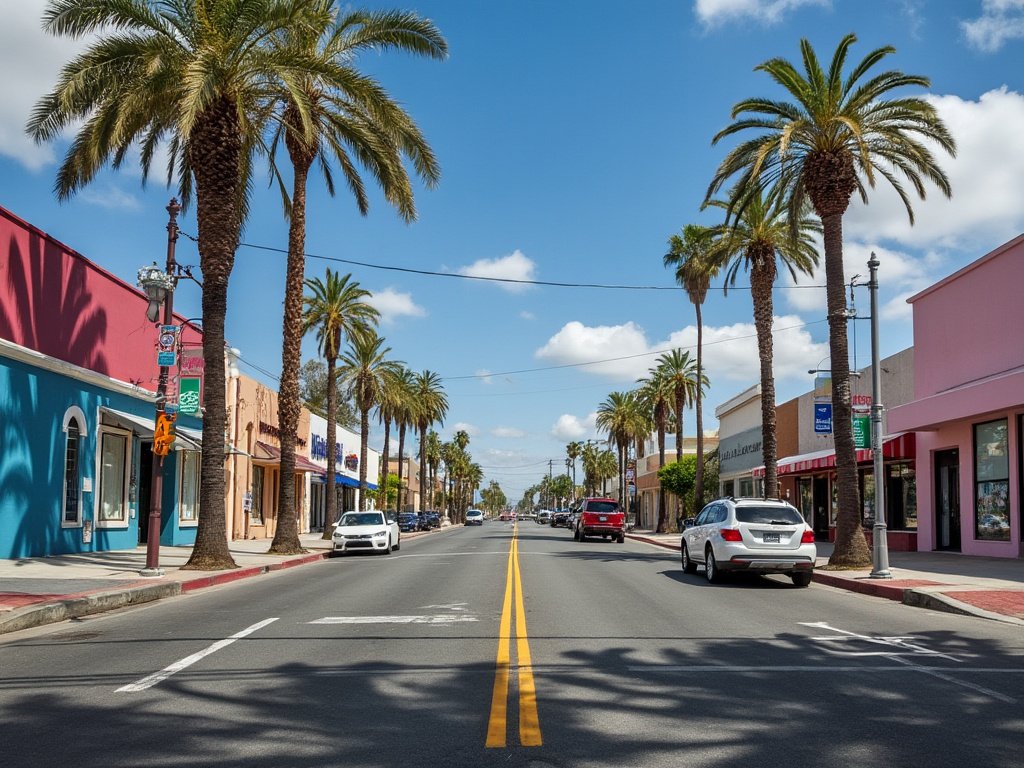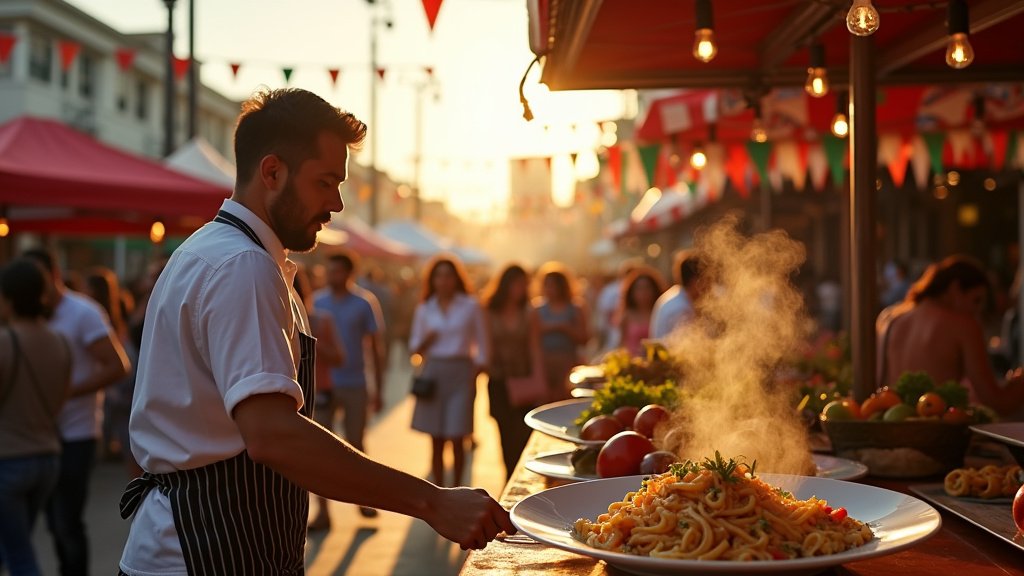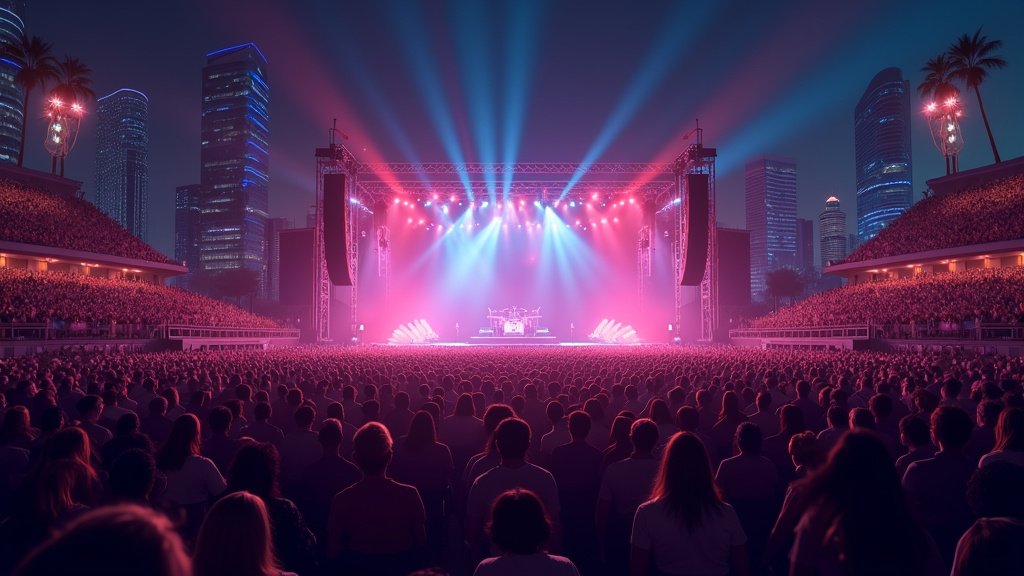Los Angeles is a city of dreams, sprawling highways, and iconic landmarks, but its true essence doesn’t reside in the glare of Hollywood Boulevard or the grandeur of the Santa Monica Pier. No, the soul of LA is tucked away in its side streets—those winding, often overlooked roads where the city’s heart quietly beats. These streets are where locals sip cortados in tiny cafes, where murals tell stories of resilience and creativity, and where the city’s eclectic charm comes alive.
A City Defined by Contrasts
Ask anyone unfamiliar with Los Angeles, and they’ll likely describe a city dominated by celebrities, red carpets, and a car-centric culture that sprawls endlessly. While this narrative isn’t wrong, it’s only a fragment of LA’s story. Beneath the glamour lies a network of neighborhoods and side streets that paint a fuller picture of the city’s identity.
Take Echo Park, for instance. Many know its namesake lake with swan boats gliding across the water, but venture a few blocks away, and you’ll find a labyrinth of hilly streets lined with colorful bungalows. These streets are alive with bohemian energy: the faint strum of a guitar from an open window, the scent of fresh tamales wafting from a corner vendor, and the occasional flash of street art that stops you in your tracks.
Silver Lake is another case in point. Famous for its hipster vibe, its side streets are an eclectic blend of modernist architecture and crumbling stucco facades adorned with blooming bougainvillea. These streets are more than just a backdrop—they’re a stage for life’s unscripted moments, where neighbors chat across fences and street vendors set up impromptu fruit stands.
Side Streets as Time Capsules
Los Angeles is often described as a city with no history—a place constantly reinventing itself. But if you know where to look, the past is alive and well on its quieter streets. In Boyle Heights, for example, walking along the unassuming streets can feel like stepping into a living museum. This historically Mexican-American neighborhood still echoes with the rhythms of mariachi music, and its streets are lined with murals that chronicle decades of cultural and political struggles. These pieces of art aren’t just decorative; they’re statements, reminders of the resilience that defines the community.
Similarly, in the Fairfax District, certain side streets tell the story of LA’s Jewish heritage. You might stumble upon a kosher deli tucked between modern boutiques or an old synagogue nestled amid a bustling cityscape. These streets are a reminder that Los Angeles isn’t just a city of reinvention but one of preservation, where the past coexists with the present in quiet harmony.
The Vibrancy of Everyday Life
What makes LA’s side streets truly special isn’t just their history or aesthetics—it’s the way they showcase everyday life in all its vibrancy. The city’s main roads can often feel impersonal, dominated by the roar of traffic and the relentless pace of urban living. But turn onto a side street, and everything changes.
In neighborhoods like Highland Park, side streets are alive with activity. Kids play basketball on cracked asphalt, abuelitas chat on their porches, and the aroma of grilling carne asada drifts from backyards. These streets don’t need to be Instagram-worthy to feel magical—they’re alive in ways that polished tourist attractions rarely are.
Meanwhile, in Venice, the canals may get all the glory, but the real treasures lie in the nearby residential streets. Here, quirky houses painted in pastel hues sit alongside ramshackle bungalows, and every yard seems to tell its own story. Some are wild with native plants, while others are adorned with sculptures or hand-painted signs urging you to “be kind.” These streets are a testament to the individuality that defines Los Angeles—a city where self-expression isn’t just encouraged; it’s celebrated.
A Food Lover’s Paradise
One of the best ways to experience LA’s side streets is through its food. Unlike the flashy celebrity-chef restaurants found in more commercial areas, the side streets of Los Angeles are home to culinary gems that cater to the community rather than the paparazzi.
In East LA, unassuming side streets boast some of the best tacos in the city, served from carts and trucks that have become local institutions. Whether it’s a taco al pastor from a corner stand or a plate of birria from a family-run spot, the flavors here are as authentic as they come. These culinary experiences aren’t just meals; they’re a window into the cultural richness of LA.
Over in Koreatown, tucked-away streets lead you to hidden gems like hole-in-the-wall barbecue joints and late-night bakeries serving fluffy red bean buns. Meanwhile, in Little Ethiopia, a single block on a quiet street might introduce you to the joys of injera and doro wat. Exploring these side streets isn’t just a feast for your taste buds—it’s a journey through the city’s global identity.
Nature’s Hidden Corners
Los Angeles is often dismissed as an urban jungle, but even its side streets manage to challenge that perception. Many of these streets offer surprising pockets of greenery and tranquility. In neighborhoods like Los Feliz, quiet residential roads are canopied by jacaranda trees that erupt into a riot of purple blooms in the spring. In Brentwood, winding streets lead to hidden hiking trails that offer sweeping views of the city and the Pacific Ocean beyond.
One of LA’s best-kept secrets is its network of stair streets—steep, pedestrian-only passages that zigzag through the hills. Found in neighborhoods like Silver Lake and Echo Park, these staircases are often adorned with mosaics, hand-painted tiles, or even tiny libraries stocked with books. They offer a slower, more intimate way to experience the city, away from the chaos of traffic and the glare of billboards.
Why the Side Streets Matter
In a city as vast and varied as Los Angeles, it’s easy to get caught up in its more obvious attractions. The Walk of Fame, Rodeo Drive, and the Getty Center all have their place, but they don’t tell the whole story. To truly understand LA, you need to wander its side streets. These streets reveal the city’s contradictions, its beauty, and its humanity in ways that no guidebook can capture.
The magic of LA’s side streets lies in their authenticity. They remind us that Los Angeles isn’t just a place for tourists—it’s a place for people. It’s a city where dreams are chased and lives are lived, not just on the silver screen but in quiet moments on unassuming streets.
So next time you’re in Los Angeles, take a detour. Skip the freeways and the crowded boulevards, and lose yourself in the side streets. You might just discover that the city’s most memorable moments aren’t found in its famous landmarks but in the quiet, hidden corners where its true spirit shines.





